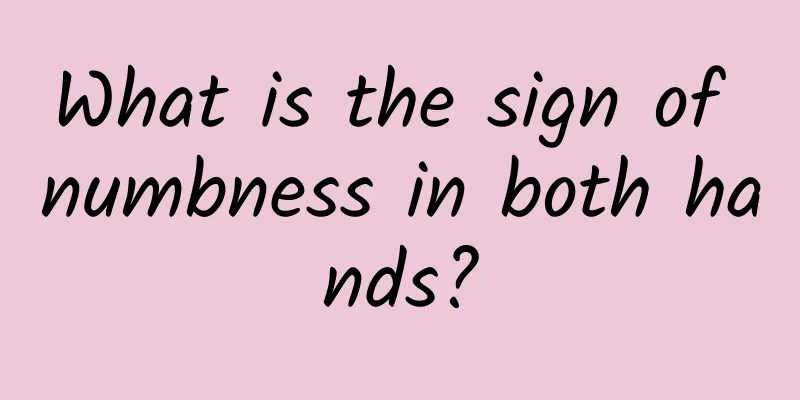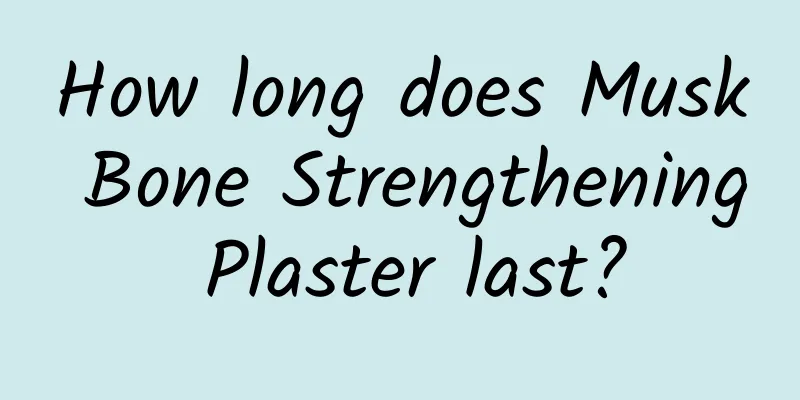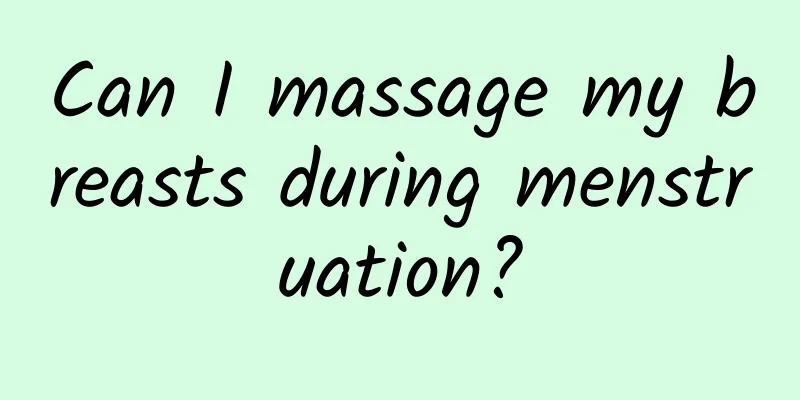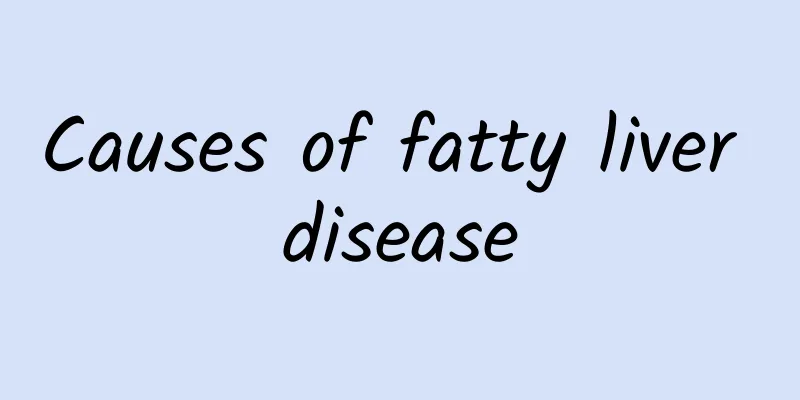Chronic ischemic cerebrovascular disease

|
I believe that many elderly people suffer from cerebrovascular diseases to varying degrees, because cerebrovascular disease is a disease with a very high incidence in the elderly, and this disease can seriously threaten the life and health of the elderly. Among cerebrovascular diseases, there is a type called chronic ischemic cerebrovascular disease, which is mainly caused by damage to the structure of human brain cells. Next, let me introduce you to chronic ischemic cerebrovascular disease. What is ischemic cerebrovascular disease? Ischemic cerebrovascular disease is a group of diseases caused by various reasons that lead to reduced or interrupted blood flow to part of the brain tissue, resulting in dysfunction and structural damage of brain cells. If the symptoms are mild, short-lived (a few minutes to a few hours, recovering within 24 hours), and without sequelae, they are mostly caused by cerebral vasospasm, which is called transient ischemic attacks (TIA) by some people. However, about 1/3 of cases eventually develop into cerebral infarction. Detailed treatment of ischemic cerebrovascular disease: treat: 1. Etiological treatment: Treating the causes of ischemic cerebrovascular disease not only helps stabilize the condition as soon as possible, but also prevents recurrence. 2. To improve circulation, low molecular weight dextran can be given, 10-15 ml/kg each time, once a day for 10-15 days. It can effectively inhibit the aggregation of red blood cells and platelets, maintain plasma colloid osmotic pressure, reduce blood viscosity, and improve cerebral circulation. 3. The use of cerebral vasodilators is suitable for 2 to 3 weeks after cerebral infarction and is generally not suitable for use in the early stage. At this time, vasodilators can cause cerebral steal syndrome, and at the same time, the dilation of peripheral blood vessels can cause a drop in blood pressure, resulting in a decrease in cerebral blood flow. Commonly used drugs include: papaverine hydrochloride: 1 mg/(kg·d), intravenous drip once a day for 5 to 7 days; scopolamine (654-2): 0.2 to 1 mg/kg each time, intravenous injection; Chinese medicine preparations such as ligustrazine, compound salvia miltiorrhiza, ginkgo leaf tablets, etc. Calcium channel blockers can also dilate cerebral blood vessels and increase cerebral blood flow. Moreover, by preventing excessive influx of calcium ions, it can protect brain cells and improve the deformability of red blood cells. It improves microcirculation and inhibits platelet aggregation, so it is commonly used in the treatment of ischemic cerebrovascular disease. Nimodipine 5-10 mg each time, 3 times a day, for 3-4 weeks; or flunarizine 2.5-5 mg/time, 1-2 times/d can be given. 4. Symptomatic treatment includes diuresis and dehydration to reduce cerebral edema; anticonvulsant and antipyretic treatment. 5. Thrombolytic therapy Thrombolytic agents, such as intravenous streptokinase, urokinase and recombinant tissue-type plasminogen activator (rtPA), have been used in the treatment of cerebral infarction in adults. Early use (within 6 hours after onset) may result in recanalization of blood vessels, improve prognosis and reduce sequelae. However, the side effects are also obvious, including allergies and bleeding tendency, which can increase the incidence of hemorrhagic infarction. The coagulation function should be checked before taking the medicine, or adrenal glucocorticoids should be injected intravenously to prevent the occurrence of allergic reactions. The super-selective catheter technology developed in recent years can perform local thrombolytic therapy, further improving the efficacy and safety. However, there are few reports on its use in pediatrics. 6. Brain cell nutrition drugs can be used in the recovery period because brain function is impaired due to cerebral ischemia, cerebral edema, and brain softening. 7. Rehabilitation treatment: Rehabilitation training should be carried out once the condition stabilizes after an ischemic cerebrovascular disease attack. Including passive movements and functional exercises. Acupuncture, massage, physical therapy, etc. can also be used to alleviate the sequelae of nerve damage. 8. Surgical treatment While treating the disease with internal medicine, 1. Carotid endoarterotomy. 2. Extracranial and intracranial artery anastomosis. 3. For acute "malignant" middle cerebral artery infarction and severe hemorrhagic infarction, a large bone flap (diameter greater than 15 cm) can be used for decompression. |
<<: Crawling on the ground to treat lumbar disc herniation
Recommend
Is peony the white peony?
Peony is generally not white peony. Peony and whi...
What are the symptoms of mastitis edema?
Mastitis is accompanied by edema, which can cause...
Effective treatment for urticaria
Urticaria is a common skin disease, while for oth...
How to effectively treat facial spots?
Under normal circumstances, people will have some...
Kidney supplementation can prolong life according to age groups
Seeking good methods to prolong life in order to ...
Ulcers on the stomach
Sores on the skin surface are actually somewhat s...
Can white cardamom be soaked in water?
Let me briefly tell you what white cardamom is. W...
Why is itching on both sides of a man's lower body?
People will be troubled by some diseases in their...
How to Treat Skin Allergies
Skin diseases are very common diseases. Such dise...
How to treat acute pain in the early and middle stages of ankylosing spondylitis?
Due to the influence of external environmental fa...
Can I use heat compress to treat lumbar muscle strain? How to treat it well?
Lumbar muscle strain is a very common disease in ...
What are the benefits of blue butterfly flower
The blue butterfly flower is also called the blue...
What are the symptoms of athetoid cerebral palsy?
Athetoid cerebral palsy generally refers to movem...
How to make fried buns
Many people have not eaten fried buns. In fact, f...
Who is not suitable to drink Astragalus water?
Many people use Astragalus to soak water or make ...









